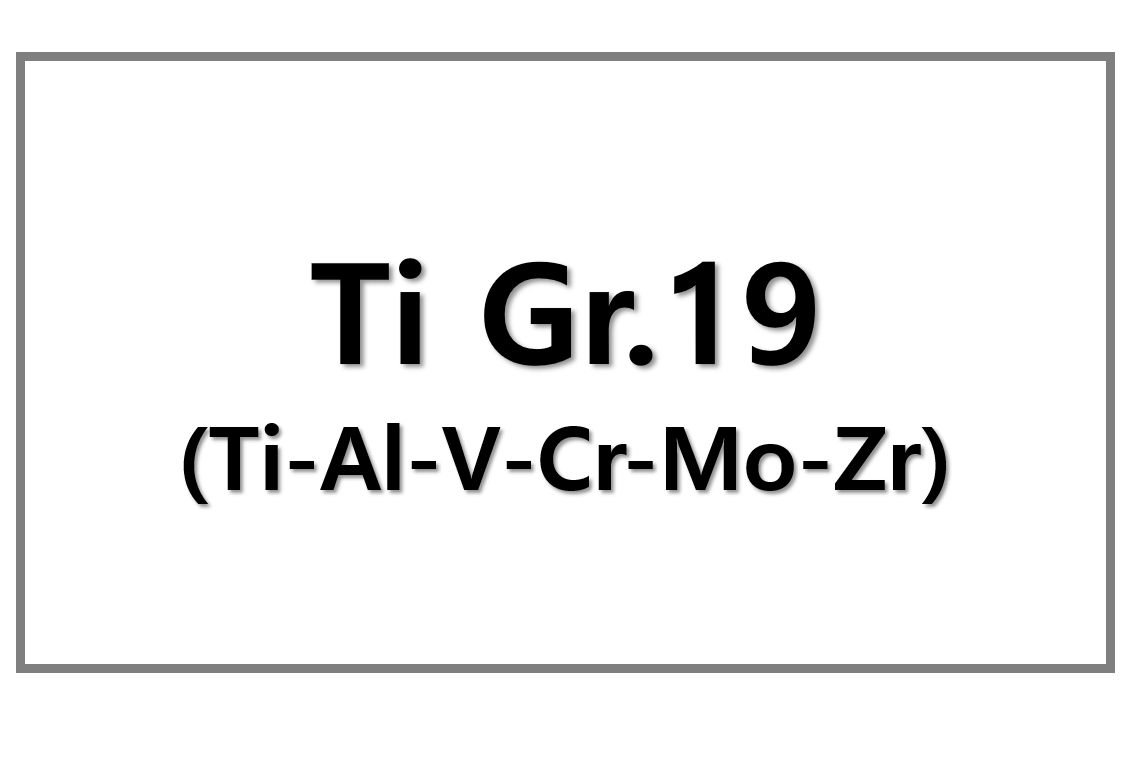
The steel industry, essential to infrastructure, faces a crucial turning point in its pursuit of sustainability. As environmental concerns increase, industries must move away from traditional wasteful practices. The transition from a linear economy to a circular one—where resources are reused and recycled—could reshape the steel sector’s role in fostering a sustainable future.
The Circular Economy and Steel
The circular economy focuses on reusing resources through closed-loop systems. Unlike the linear economy, which depletes resources, the circular model emphasizes recycling and repurposing materials throughout their lifecycle. Steel, with its infinite recyclability, is perfectly suited for this model. It provides an opportunity to overhaul production practices, from design to recycling.
Steel’s Fit for a Circular Economy
Steel stands out due to its recyclability. Over 85% of steel products are recycled at the end of their life. Once recycled, steel retains its original properties, reducing energy consumption and demand for raw materials. The existing recycling infrastructure already supports this shift, and further improvements can help integrate secondary steel into production more effectively.
Key Strategies for a Circular Steel Industry
Shifting to a circular steel industry requires specific strategies to enhance recycling and design for longevity. These strategies include:
-
Designing for Longevity: Design steel products with easy disassembly and recyclability in mind.
-
Enhancing Recycling: Invest in advanced sorting and separation technologies to improve steel quality.
-
Supply Chain Collaboration: Steel producers, manufacturers, and recyclers must collaborate to establish closed-loop systems.
Challenges in Adopting Circular Practices
Though promising, several challenges exist in adopting circular practices. Technological limitations, contamination of recycled steel, and the high costs of new processes hinder progress. Moreover, many regions lack regulations that support or incentivize circular practices, leaving businesses uncertain about their long-term benefits.
Innovative Solutions for Circular Steel
The steel industry has already made significant strides through technological innovations, such as:
-
Digital Technologies: Digital platforms track the lifecycle of steel products, improving material recovery and enhancing collaboration.
-
Recycling Technologies: New sorting systems and smelting processes increase the efficiency of steel recycling.
-
Renewable Energy Integration: Incorporating renewable energy in production reduces carbon emissions and improves efficiency.
The Road Ahead: Steel’s Sustainable Future
Embracing circular economy principles promises substantial environmental and economic benefits. This shift will reduce waste, conserve resources, and improve the competitiveness of steel manufacturers. While challenges remain, the transition offers a sustainable future for both the steel industry and the planet.











Leave a Reply
You must be logged in to post a comment.